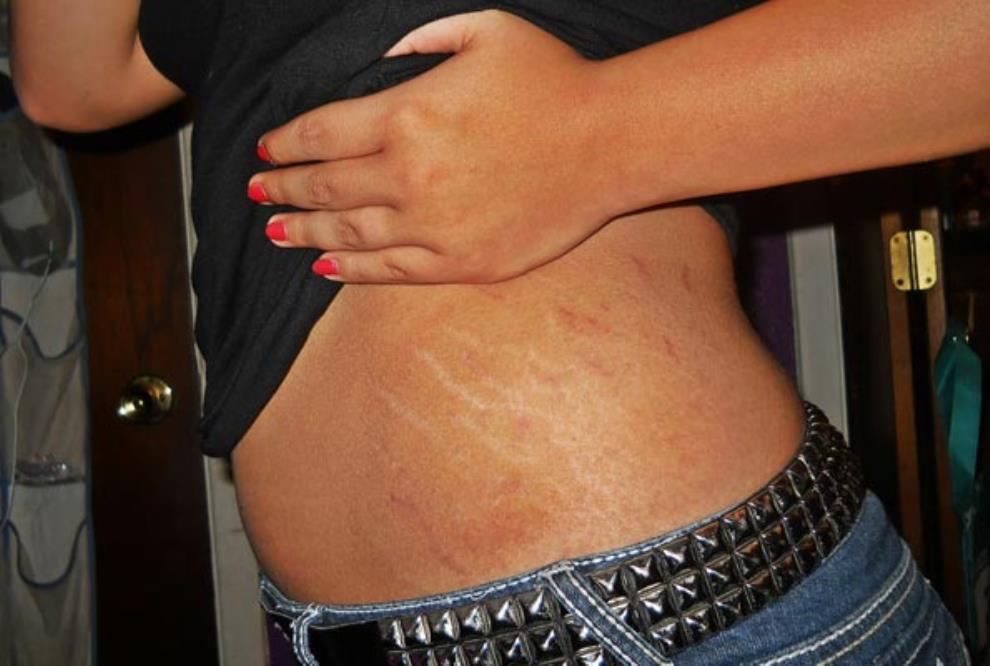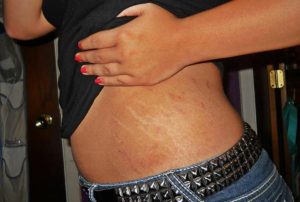1. Vitamin A
Vitamin A is referred to as a retinoid. Retinoids make skin appear more smooth and youthful. They are used in many over-the-counter topical cosmetic creams. Simply using a topical extract of vitamin A, or taking vitamin A orally, can contribute to your skin’s health and overall appearance.
One study in particular identified retinoids as helping the appearance of stretch marks. A diet rich in certain foods, such as carrots and sweet potatoes, might also help you increase your vitamin A levels.
2. Sugar
Some people swear by sugar as a homeopathic microdermabrasion method. Microdermabrasion performed by a dermatologist is one of the few clinically proven methods to make stretch marks fade. So this home remedy seems worth a try. Rubbing a sugar scrub on the skin will exfoliate the area.
Mix one cup sugar with 1/4 cup of a softening agent, like almond oil or coconut oil, before mixing to the consistency of wet beach sand. Add some lemon juice. Scrub the mixture on the part of your body where the stretch marks are. Repeat several times a week while in the shower, making sure to rub the mixture on for 8-10 minutes.
Aloe vera
3. Aloe vera
While little clinical evidence exists for aloe vera as a stretch mark cure, it makes sense. Pure aloe vera is both a natural healing agent and a skin softener . This makes it an ideal home remedy to try for stretch marks. Apply pure aloe vera from a plant to your stretch marks daily after your shower.
Hyaluronic acid
4. Hyaluronic acid
Collagen is the protein in your skin that allows it to keep its shape and appear healthy. As we age, collagen decreases in our face and our bodies. Collagen production can be stimulated with hyaluronic acid, an extract available in health food stores and online. Hyaluronic acid can be absorbed by consuming a commercially available capsule or extract.








